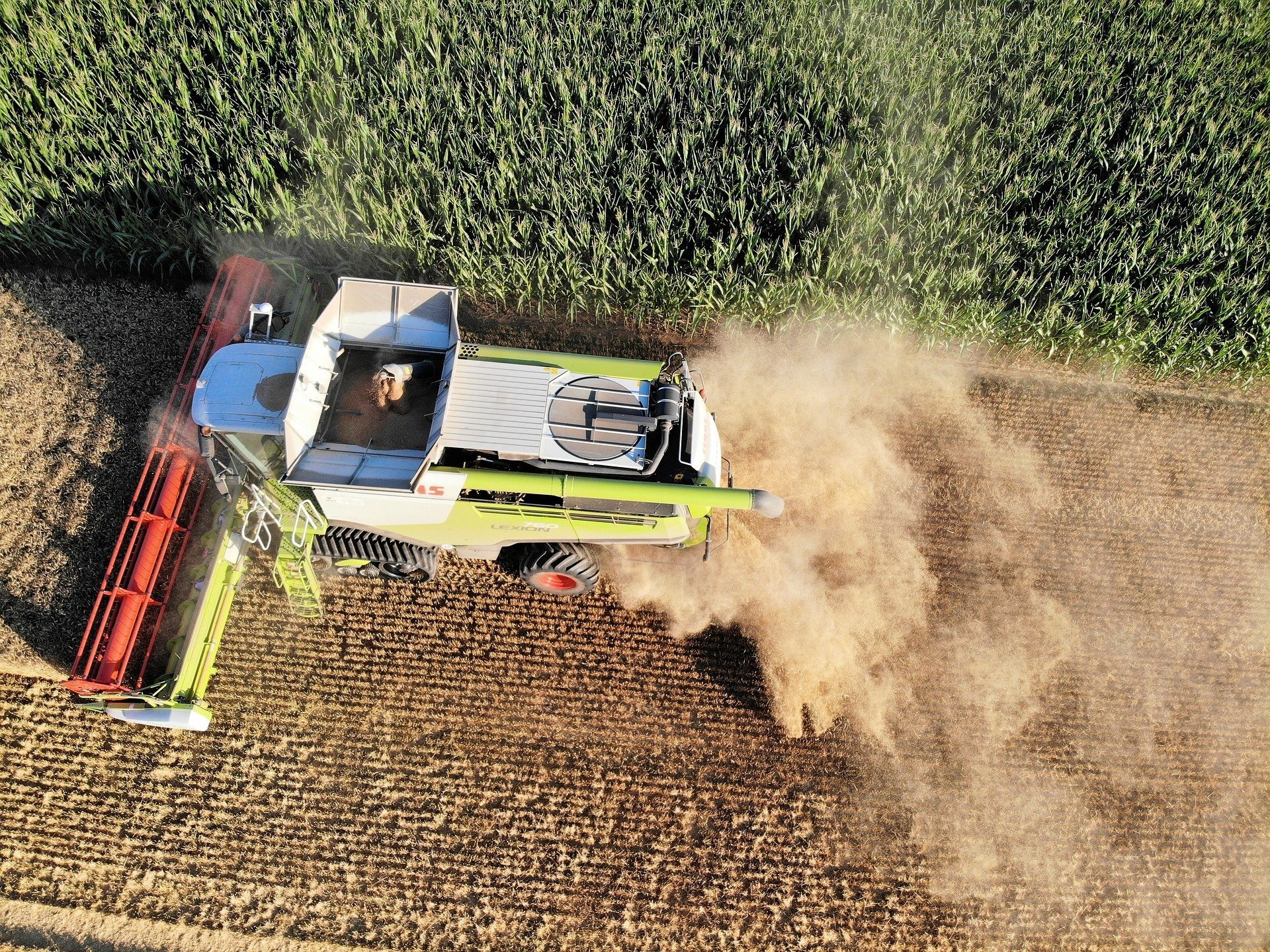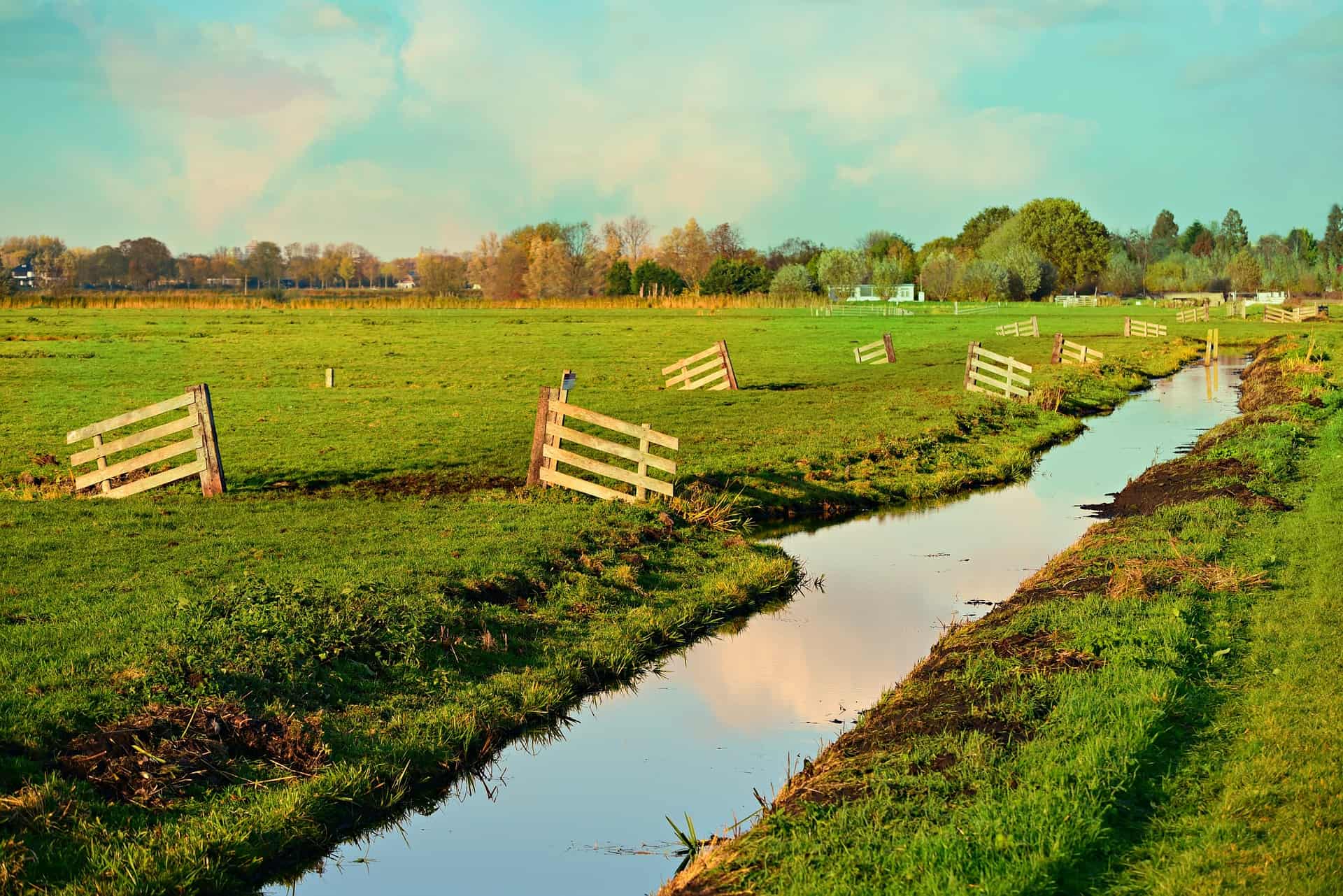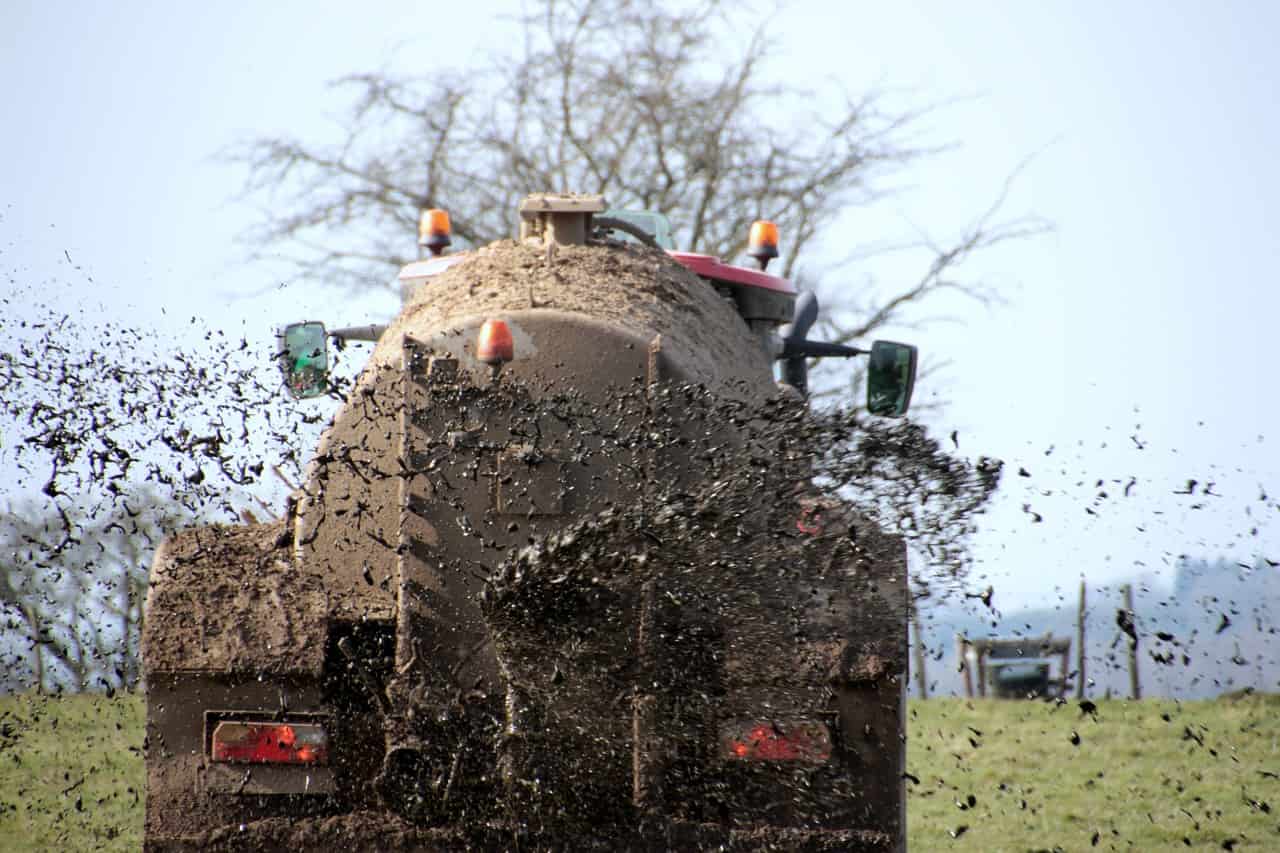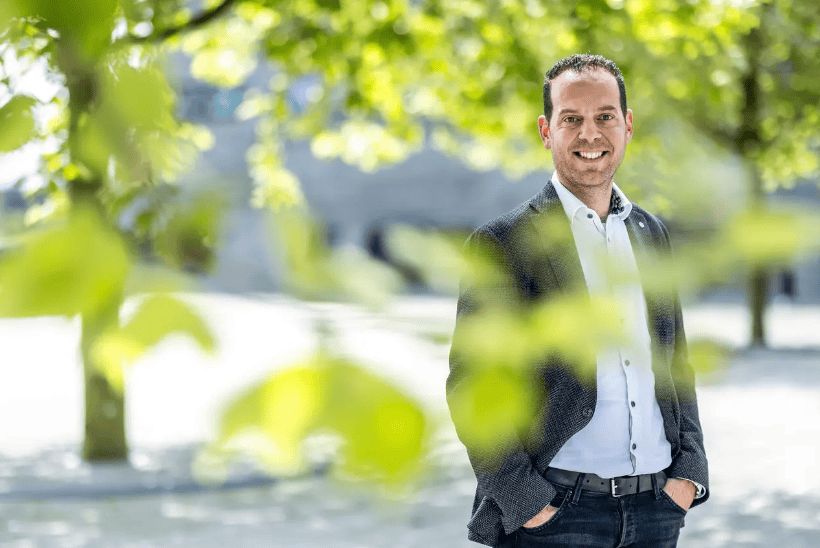
A year ago, many people in the Netherlands had never even heard of it. But right now, the nitrogen crisis is dominating the political and social agenda in the Netherlands. It is the topic of the day. As many as 18,000 projects have been put on hold because we already emit far too much nitrogen in the Netherlands, as in nitrogen oxide and ammonia to be specific. The Netherlands is even the European frontrunner as far as nitrogen emissions are concerned. We have plenty of it. In fact, way too much.
Nitrogen poses a problem for nature
Over the past few weeks, I have regularly heard people say that nitrogen isn’t an issue. Even those who have some gravitas have been saying that. They say that nitrogen would actually benefit nature. Some plants, such as grass, nettles and blackberries, are growing very fast indeed. They’re overrunning many other plants as a consequence. And that’s the core of the issue. At first glance, it’s all still very green, yet at the same time many plants and animals are disappearing.
The problem is that so many different plants are dying from too much nitrogen. Two concrete examples make this particularly clear. Take heather, for instance. Heather dies off because it becomes ‘lazy’ when exposed to too much nitrogen. The heather’s root system gradually shrinks in size if too much nitrogen is present. The plants can’t absorb enough moisture during dry periods and end up perishing. Or take oaks. Every tree has all kinds of fungi around its roots. Oak fungi cannot cope with nitrogen. Excess nitrogen in the soil triggers acidification. This in turn causes the fungi around the oak to die off. However, oak trees need these fungi in order to be able to absorb nutrients from the soil. Since the oak’s roots also die off together with the fungi, the tree also ends up dying.
When oak and heather plants die, different animals and plant species that live around them and which have benefited from these disappearing trees or plants also tend to disappear. I heard a forest ranger say last week: “Nature is dying. It has been getting quieter and quieter here in the countryside for years now. A statement that really makes you pause for a moment and reflect ……………….
……………………………………………………………………………………………………………………………………………..
………………………………………………………………………………………………………………………………………………………………………………
Over the centuries, increasingly more plant and animal species have become extinct. This is the epitome of evolution. That in itself is not a problem. The problem lies in the tremendous speed and scale which this is now happening at. Plenty of reasons to be worried.
Identifying the ones who are to blame
Meanwhile, our national hobby has started up again. We are searching for the ones who are to blame. The politicians, the government, the farmers, the aviation sector, the car industry, the banks and the supermarkets. Seeking answers as to who is to blame has not done us much good so far. Least of all provided a solution. Groups are at odds with each other. Everyone is pointing the finger at everyone else. Everyone is digging their heels in.
Seeking a solution
We are so busy hunting down the ones to blame, that attempts to find a solution seems to be slipping further and further out of sight. By the way, I am deliberately not talking about the solution. After all, there is no one-size-fits-all solution to a problem that has emerged over the last 60 years.
In any event, the solution is not fewer and fewer nitrogen regulations. The path to a solution actually starts with much less nitrogen all-round. The Remkes Committee carried out research and drew the simple but clear conclusion that “not everything can be done.” That sounds very logical and quite reasonable, doesn’t it?
Be part of a solution yourself?
It is now abundantly clear that a lot needs to be done. In all the discussions, I notice that you and I, as citizens and consumers, have for the moment gotten off relatively scot-free. It seems that it will mainly be up to others to come up with the solution. Although we do have a lot of influence collectively as consumers and citizens. If we start to behave differently, then a lot (of change) is possible. It has just dawned on me in recent weeks that the Remkes Committee’s conclusion that ‘not everything can be done’ is also applicable to me personally. A bit late, I admit. Nonetheless, “not everything can be done” applies, of course, to all of us.
That’s why I no longer want to be all mouth and no trousers
To date, I buy my groceries at the supermarket once a week. I am easy-going and a bit lazy when it comes to grocery shopping. When I have a full schedule, I don’t spend time carefully considering what food I buy. Of course, I know that farmers are usually not getting a fair price for their produce in our supermarkets. There is definitely money to be made right throughout the food chain. Nevertheless, at the same time, many sustainable farmers are struggling to make ends meet. It is a race to the bottom. More and more large-scale production, more bulk goods; the cheaper, the better. The negative effects that this race has on soil (such as too much nitrogen) are also caused by my own consumer behaviour. High time for a change.
Where does your food come from?
I frequently buy organic food. At least I do that. But where does it all come from? Has it been transported all over the world? I have to admit that I don’t usually look at any of the labels. It’s small print and kind of difficult to understand. So where does my food come from? I often don’t know. Do you?
So I have resolved to apply “not everything can be done” to myself as well. And what does that mean in concrete terms? From now on, I have started to buy as much food as possible which is sustainable and locally produced. So I no longer have to load everything all at once into a supermarket trolley without taking a a closer look. I would like farmers to be paid a fair price for their sustainably produced food. That means looking for new places to shop. And I have to say – that’s not easy. It’s still quite difficult to find out precisely what the situation is. But if you invest a bit of time, you’ll come a long way. The same rule applies here as well. You won’t actually notice it until you’ve thought about it and figured it out.
So part of the solution will certainly not be found in fewer conscious consumers, but rather in many, many more. I’m up for it. Are you?
About this column:
In a weekly column, written alternately by Bert Overlack, Mary Fiers, Peter de Kock, Eveline van Zeeland, Lucien Engelen, Tessie Hartjes, Jan Wouters, Katleen Gabriels and Auke Hoekstra, Innovation Origins tries to figure out what the future will look like. These columnists, occasionally joined by guest bloggers, are all working in their own way on solutions to the problems of our time. So that tomorrow is good. Here are all the previous articles.








